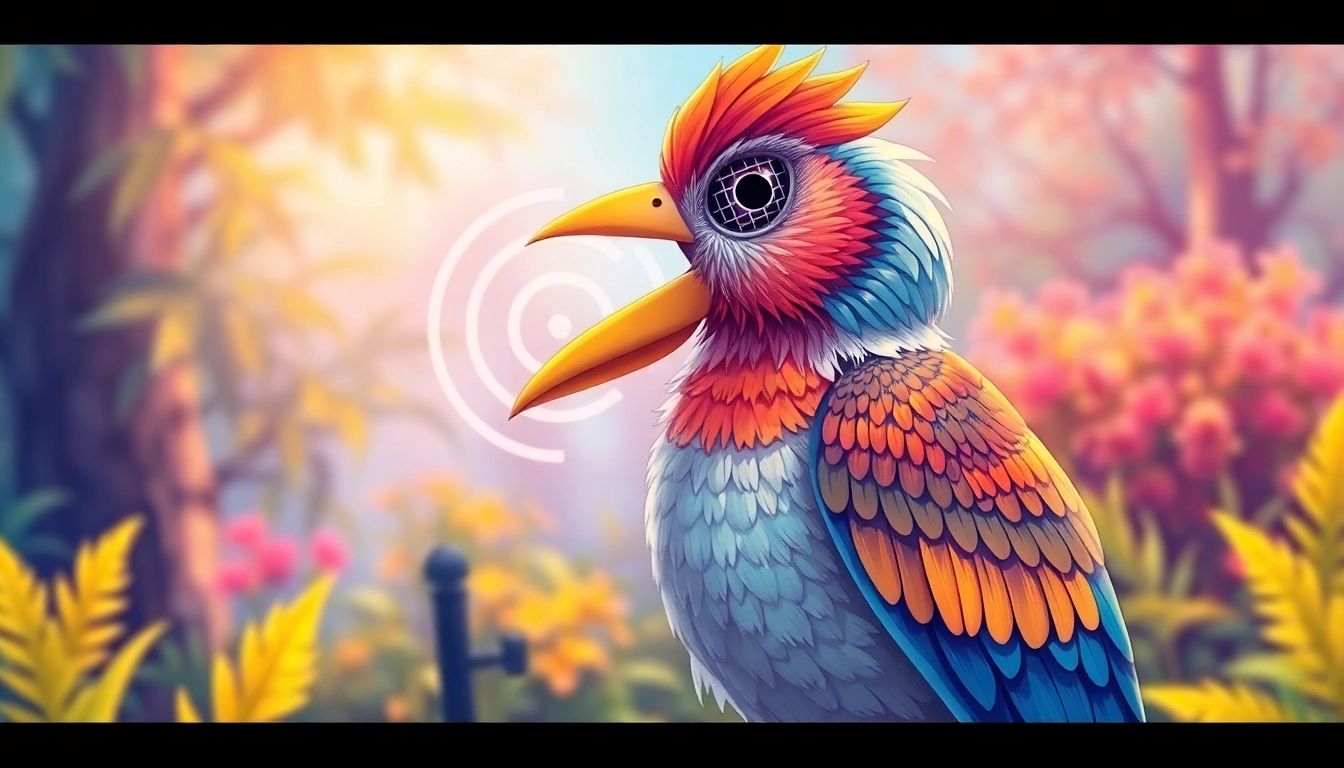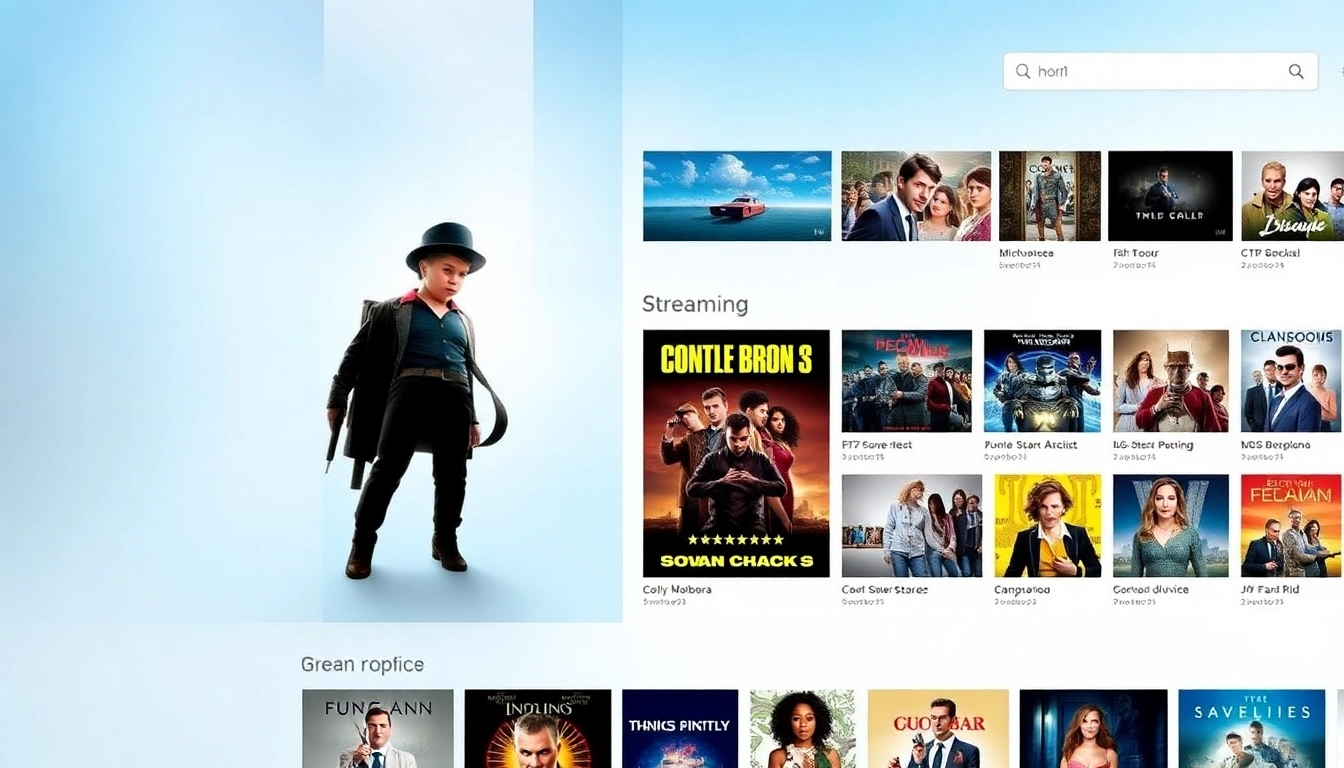Introduction to Bird Talk Radio and Its Audience
Bird enthusiasts represent a dedicated and passionate community that spans across various demographics worldwide. Their shared love for avian species, bird conservation, and birdwatching creates a vibrant niche within the broader realm of wildlife and nature enthusiasts. With the increasing popularity of digital media, bird talk podcasts like Bird Talk Radio have emerged as a pivotal platform for connecting enthusiasts, sharing knowledge, and fostering conservation awareness. These podcasts serve as both educational resources and entertainment, enabling listeners to immerse themselves in the intricate world of birds from the comfort of their homes or during outdoor expeditions.
The evolution of bird talk podcasts mirrors broader trends in media consumption—moving from traditional radio and print to streaming platforms and on-demand content. As audio content becomes more accessible and engaging, bird talk shows have experienced significant growth, driven by factors such as technological advancements, increased ecological consciousness, and social media integration. For enthusiasts, these podcasts offer a convenient way to learn about different bird species, migration patterns, bird-friendly habitats, and conservation efforts by expert ornithologists, birdwatchers, and conservationists.
The audience for Bird Talk Radio and similar platforms is remarkably diverse. It includes amateur birdwatchers, professional ornithologists, educators, conservation organizations, and even casual nature lovers. Engagement strategies such as interactive Q&A sessions, live birdwatching events, and community forums foster a sense of belonging and active participation, ensuring consistent growth and loyalty among listeners. Tailoring content to different experience levels—ranging from beginner birders to seasoned ornithologists—ensures that the platform remains inclusive and informative for all.
Content Strategies for Bird Talk Radio Hosts
Creating Compelling Bird-Related Stories and Episodes
Effective content begins with storytelling that captures the imagination and curiosity of listeners. Bird talk hosts should focus on crafting episodes that revolve around fascinating bird behaviors, migration journeys, seasonal phenomena, and unique sightings. Incorporating personal anecdotes or field recordings can add authenticity and emotional resonance. For example, sharing a riveting experience of sighting a rare bird or narrating a conservation success story can deeply engage audiences. Establishing a compelling narrative arc within each episode ensures that listeners remain invested from start to finish, enhancing retention and encouraging repeat listening.
Incorporating Expert Interviews and Bird Conservation Topics
Expert interviews serve as a cornerstone of authoritative and informative bird talk shows. Connecting with ornithologists, wildlife biologists, and conservationists brings credibility and introduces listeners to cutting-edge research and conservation initiatives. Discussing topics like habitat preservation, bird banding projects, and threats such as climate change or invasive species fosters awareness and motivates action. Regular features on local bird conservation programs or success stories help reinforce the importance of community involvement and responsible birding practices.
Using Multimedia and Interactive Elements to Increase Listener Retention
While audio is central, integrating multimedia elements such as high-quality bird sound clips, photographs, and interactive polls can significantly enhance engagement. Interactive components—like live Q&A sessions, tracking bird sightings submitted by listeners, or virtual birdwatching tours—create a dynamic experience. Additionally, providing supplementary content through newsletters, social media, or dedicated apps encourages ongoing interaction, deepening the listener’s connection and fostering a community-driven environment.
Optimizing Bird Talk Radio for Search and Discovery
Keyword Research and Integration for Bird-Focused Content
Effective SEO begins with thorough keyword research. Hosts and producers should identify popular search terms within the birding niche, such as “bird identification,” “bird migration,” or “native bird habitats.” Incorporating these keywords naturally into episode titles, episode descriptions, and show notes helps improve visibility on search engines and podcast directories. Using tools like Google Keyword Planner or SEMrush can uncover latent search opportunities, enabling content to target both broad and niche queries—maximizing reach and attracting targeted audiences.
Leveraging SEO Best Practices for Podcast Titles and Descriptions
Crafting clear, descriptive, and keyword-rich titles is essential for discoverability. For instance, instead of a generic title like “Episode 10,” titles such as “Why Migratory Songbirds Depend on Wetlands” are more compelling and SEO-friendly. Detailed episode descriptions, including relevant keywords, provide context for search algorithms and prospective listeners. Additionally, optimizing metadata with tags specific to bird species, conservation topics, and geographic regions can further enhance ranking and visibility across platforms like Apple Podcasts, Spotify, and Google Podcasts.
Maximizing Social Media and Online Presence to Attract New Listeners
Active social media engagement is vital for expanding reach. Sharing episode highlights, stunning bird photos, and sound clips on platforms like Instagram, Twitter, and Facebook can attract birding communities and hobbyists. Collaborations with birding clubs, conservation organizations, and influencers amplify exposure. Incorporating hashtags—such as #BirdWatching, #BirdConservation, or #BirdPodcast—facilitates discovery. Maintaining a consistent posting schedule and creating teaser content can generate buzz and convert social followers into loyal listeners.
Monetization and Growth Opportunities for Bird Talk Radio
Developing Sponsorships and Partnerships within the Bird Community
Monetization for niche podcasts often hinges on strategic sponsorships. Partnering with bird-related brands—such as outdoor gear companies, bird seed producers, or conservation NGOs—can provide financial support and content credibility. Establishing mutually beneficial collaborations, like co-hosted events or exclusive offers for listeners, enhances brand affinity. Transparency about sponsorships maintains trust, and offering detailed metrics about audience demographics can attract high-quality partners.
Building a Loyal Subscriber Base through Exclusive Content
Offering premium content—such as ad-free episodes, early releases, or behind-the-scenes footage—encourages subscriptions. Creating a members-only community forum or hosting live virtual events fosters direct engagement and loyalty. Rewards like exclusive birding guides or merchandise can incentivize support, while regular solicitation of listener feedback ensures content remains aligned with audience interests.
Using Analytics to Measure Success and Guide Content Development
Data-driven decision making is crucial for sustained growth. Monitoring metrics such as download numbers, listener retention, and engagement rates reveals what content resonates most. Platforms like Spotify for Podcasters or Apple Podcasts Connect provide valuable insights for tracking listener demographics and behavior. Adjusting content strategies based on these analytics ensures continual refinement and maximization of audience growth.
Future Trends and Innovations in Bird Talk Media
Emerging Technologies Enhancing Bird-Related Audio Content
Advancements in technology, including augmented reality (AR) and virtual reality (VR), present exciting possibilities for immersive birding experiences. 3D audio recordings can recreate natural bird sounds for educational purposes or virtual birdwatching. Additionally, AI-driven tools can help identify bird species from audio clips, offering interactive learning opportunities for listeners.
Community Engagement and Live Events for Bird Enthusiasts
Live streaming birdwatching sessions, webinars, and community meetups foster real-time interaction and strengthen community bonds. Participating in or hosting local bird festivals and conservation events expands visibility and allows audiences to connect offline, deepening their commitment and passion.
Expanding into New Formats like Video Podcasts and Virtual Trips
The future of bird talk media includes diversification into video content—such as YouTube series, live camera feeds, and virtual birding expeditions. These formats provide visual context and enhance accessibility, attracting a broader audience and offering innovative ways to experience the wonder of birds.



